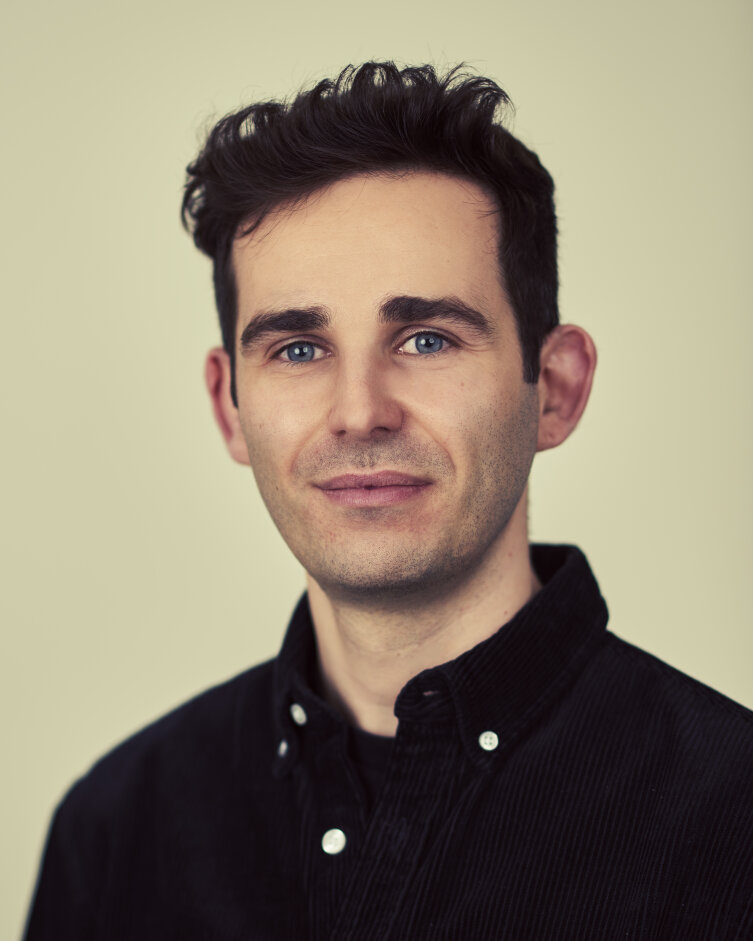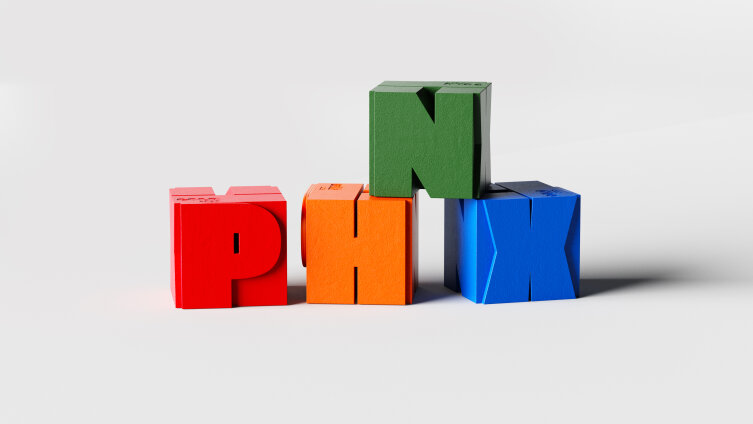Please give us some brief background about your work and specialist areas at Landor?
Jack: Within Landor I lead the Product Design discipline, a key part of our Experience offer. The Experience Team encompasses four areas of expertise: environments and retail, digital experiences, marketing activations and product design.
Recognizing that for brands selling physical products, the product itself is the most crucial touchpoint, we launched our product design discipline about four years ago. Our goal is to ensure the product design reflects the brand’s vision, from aesthetics to functionality. Think of mobile phones: there are countless options, but each brand differentiates itself through design choices that shape the user experience.
While many branding and design solutions (or agencies) focus primarily on packaging, such as bottles and cardboard structures, we’ve expanded our expertise into industrial product design.
Is this the first time you’ve designed a trophy for an awards show? What’s the biggest challenge in translating the essence of an award into a trophy?
I’ve designed internal recognition pieces for companies, celebrating milestones like longevity, but this is indeed the first time I’ve designed a trophy specifically for an awards show.
The biggest challenge is translating an existing 2D visual identity into a compelling 3D object that feels cohesive and as iconic as the brand’s existing assets. Beyond that, you have to consider the context. Most awards sit on display shelves, often surrounded by traditional silver or bronze trophies. We saw this as an opportunity to create something truly expressive and distinct.
The PHNX Awards’ playful, vibrant, and inclusive nature made the design process particularly rewarding. Accessibility was a key consideration – we wanted a design that felt approachable and familiar, rather than formal or pretentious, reflecting the spirit of the awards themselves.
As the trophy is designed for 3D printing, how did you balance aesthetics with practicality to come up with something that was not too complex, but still looked great?
The beauty of 3D printing is that it actually increased our creative freedom compared to traditional methods like casting or CNC machining. It allows for more intricate geometry and eliminates the high upfront costs associated with conventional manufacturing.
However, we were mindful of practicality and accessibility. While 3D printing allows for complexity, we intentionally kept the design shape relatively simple, but embraced certain geometry that we knew would be difficult to produce via conventional means. This was crucial for ensuring affordability – we aimed for a printing cost of around £100 at a print studio if winners chose to print their own trophies. Furthermore, we designed the trophy to be compatible with a range of 3D printing technologies, making it easily printable even on personal printers.
How many ideas and iterations did you go through before getting to the final choices? Were there any unexpected snags that changed your direction?
We explored approximately ten initial concepts before narrowing them down to three finalists. Ultimately, we chose the cube for its playful nature and stackability – perfect for winners receiving multiple awards.
We were particularly drawn to the idea of interaction between the trophies; when placed together, they create something more powerful than individual trophies standing alone. The square itself is also inherently inclusive – every side is equal, making it a universally accessible shape, tying in nicely with the PHNX Awards’ values of equality and inclusivity.
One challenge we faced was color. Traditional trophies are typically gold, silver, and bronze, clearly signifying their status. However, we questioned this convention and embraced the idea of allowing winners to print the trophies in any color they choose, empowering them to personalize their awards.
Finally, we’re excited about the digital twins – virtual counterparts of the trophy. Given the PHNX Awards’ digital-first approach, we saw this as a fun way to extend the physical product into digital product for social media and the website.
What are the typical issues you come up against when working on a design with clients (like us!) who don’t have a design background?
Often, clients come to us with a preconceived idea of what they want. Our role is to step back and identify the real problem they’re trying to solve. They may think the issue is one thing when it’s actually something quite different.
Design is inherently subjective. Therefore, we prioritize understanding the emotions and values associated with a brand. By grounding our aesthetic choices in these core foundations, we can create a finished product that truly resonates. The storytelling element is key; you need to be able to clearly explain the rationale behind your design decisions.
For projects with multiple teams, stakeholders and partners, we advocate for collaborative workshops early in the process. This ensures everyone has a voice and can contribute their perspectives from the outset. Collaboration is vital.
Feedback can be tough. Do you develop a thick skin for it?
Absolutely. Different teams – creative, marketing, R&D – naturally have their own priorities, and navigating those diverse perspectives is an important part of what we do in the industry. That's why for us at Landor, collaboration and ensuring early engagement and alignment is the crucial foundation for great creative work.







